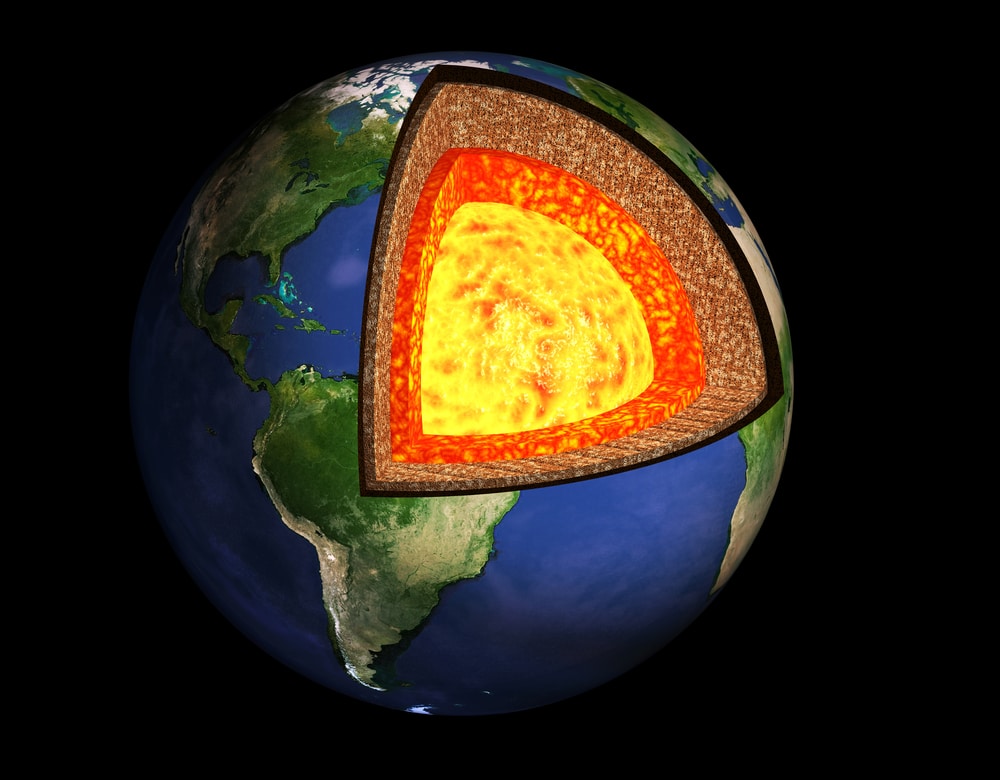Something strange is happening beneath our feet. Over the years, seismic studies have detected a number of anomalies happening in the area between the Earth’s core and mantle, which were believed to be the result of processes in the mantle. A new study published on Wednesday in Nature suggests this activity may in fact be related to the Earth’s core.
As the authors explain in the study, the boundary between the Earth’s and mantle represents an interface between the solid silicate mantle and the liquid metallic outer core, and the structure and dynamics in this region are fundamental for understanding heat and material transfer in our planet.
Seismic imaging has allowed scientists to discover fine-scale structures at the boundary between the Earth’s core and mantle. These “anomalies” are characterized by differences in velocity and density compared to the surrounding normal mantle or core region.
This study specifically focused on the Earth’s outer core, located about 3000 km below the surface. The region is made up of thick liquid iron alloy, which has a big impact on the habitability of the Earth’s surface and the creation of its magnetic field. Obviously, researchers can’t access the actual core, but can conduct research in similar conditions in a lab––which is what the study’s authors did.
“We conducted experiments to see what happens when we combine iron-hydrogen alloy liquid with silicon under high pressure and high temperature conditions, like those found in the outer core,” One of the study’s authors, geoscientist Suyu Fu from Arizona State University, wrote in an email to Motherboard.
“We discovered that silicon-rich crystals form in the iron metal liquid (or silicon-rich snow), and they are lighter than the outer core liquid, causing them to rise to the boundary between the metallic core and the rocky mantle (rather than sink).”
Fu noted that this process can create a pile of silicon-rich snow, which can help us understand some puzzling structures found at the Earth’s core-mantle boundary.
“Our study sheds light on the causes of two distinct seismic wave velocity anomalies at the Earth’s core-mantle boundary, namely ultra-slow zones on the mantle side and the core rigidity zone on the core side,” he wrote.
“While the slow zones were previously believed to be linked mainly to mantle processes, our research suggests that some of them may be generated by processes occurring in the outer core. For the core rigidity zone, some researchers have hypothesized that the precipitation of light elements in the outer core might be responsible. We found evidence that the phenomenon of silicon “snowing” could be behind the observed core rigidity zone.” (SOURCE)










